

Racing in Zero Gravity
Bringing home serene, go with the flo(tilla), island aphrodisiac, columns & blogs.

How technology freed sailors from their safety-at-sea hubris

Can I drop in lithium batteries?

Caswellian rules for boat buying success

The passion for multihulls isn’t waning, it’s just changing
Recent articles.
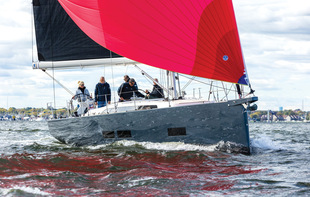
This powerful performance cruiser exudes Italian style above and below deck
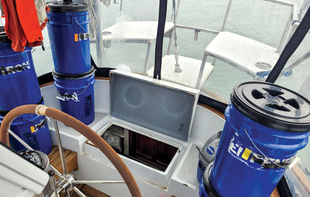
The zen of onboard organization
A bucket brigade, custom solutions and regular inventory are keys for long-term cruisers.
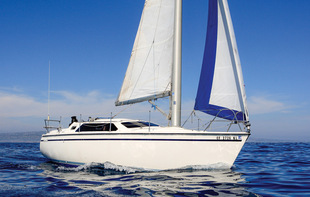
Hunter Vision 32
This recreational coastal cruiser is designed for effortless sailing.
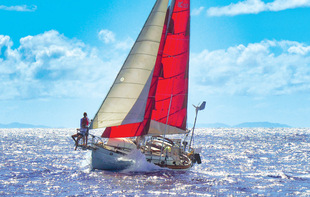
For this owner she’s not just a boat, she’s a soulmate
From our archives.

Yo Ho Ho and a Charter of Rum

The Great Circle Route:...
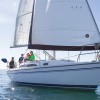
Paradise Bound
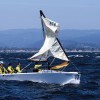
What to do when the worst happens
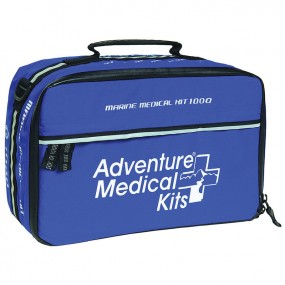

Adventure Medical Kits Marine 1000
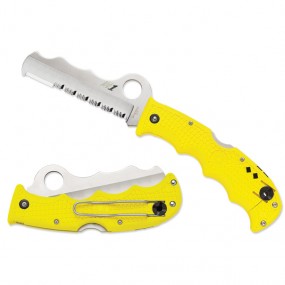
Cut it loose
Spyderco assist salt knife.
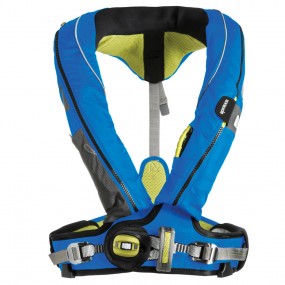
Inflatable PFD
Spinlock deckvest 5d.
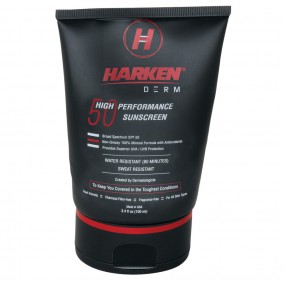
Sunscreen for sailors
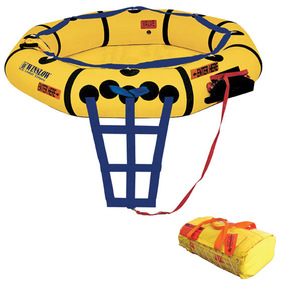
Winslow Marine Super Light
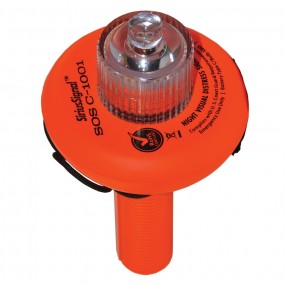
Pyrotechnic
Sos distress light.
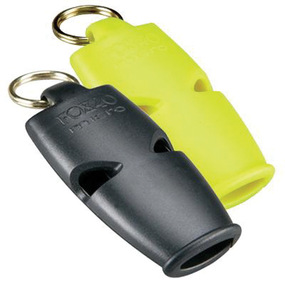
Sound the alarm
Fox micro whistle.
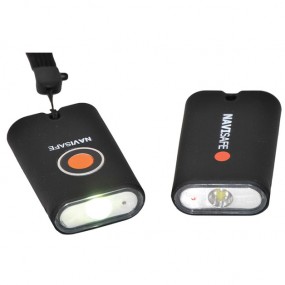
Light up the night
Navisafe navi.
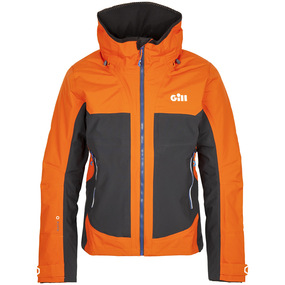
Waterproof racing gear
Perry on design.
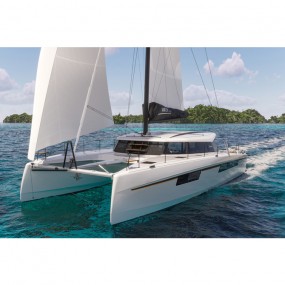
Nautitech Open 48
A svelte cruising cat that has performance front and center.
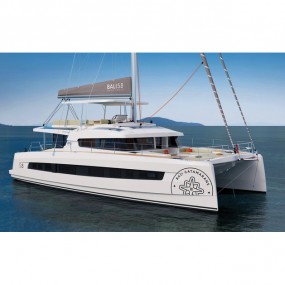
This cruising cat’s palatial accommodations have sailors living in comfort
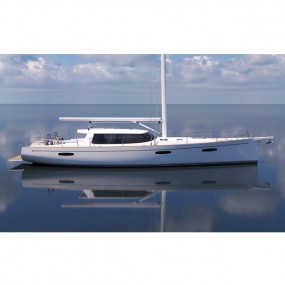
Outbound 5360
This raised saloon offshore cruiser offers comfort and performance, current issue.

- Most Popular
- Most Commented
Why won’t my holding tank pump out?
Sailing in light air, double the fun.

IMAGES
VIDEO
COMMENTS
The Catalina 27 has more headroom than most 27- footers, and the huge companionway makes the interior seem exceptionally spacious when the …
The CATALINA 27 is one of several models from this builder that has achieved historic popularity. In it's first 3 years of production nearly 1500 boats were sold. Total production was 6662 hulls.
Catalina 27 is a 26 ′ 10 ″ / 8.2 m monohull sailboat designed by Robert Finch and Frank V. Butler and built by Cooper Enterprises Inc., Russell Marine, Essex, Catalina Yachts, and Eric Birch, …
We have just acquired a 1976 Catalina 27 in pretty rough condition, and I need a little guidance about refinishing the interior and exterior. First of all, what kind of wood was …
Good sailing, roomy interior and active owners behind the popularity of this coastal cruiser The Catalina 27 is an American classic. First launched in 1971, more than 6,600 …
I have seen a lot of information on traditional and dinette interiors. But I saw a brochure on the Catalina site that appears to be a variation of the traditional interior that …
The Catalina 27 is a 26’10” (8.18m) cruising sailboat designed by Frank Butler (United States) and Robert Finch (United States). She was built between 1971 and 1991 by …
Catalina Yachts
Transform your Catalina 27 sailboat with beautiful interior design ideas. Discover how to create a stylish and comfortable space that reflects your personal taste and enhances your sailing …